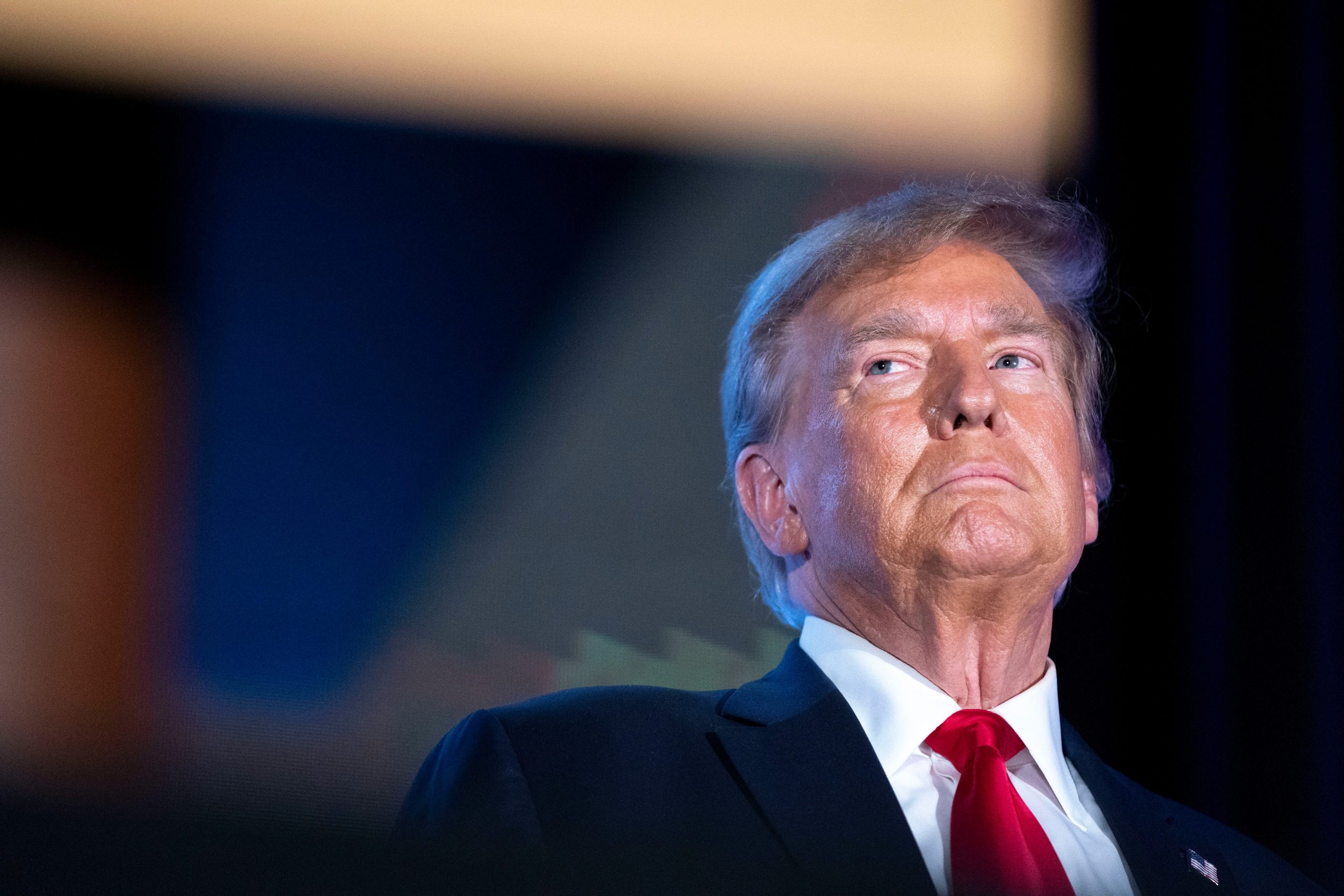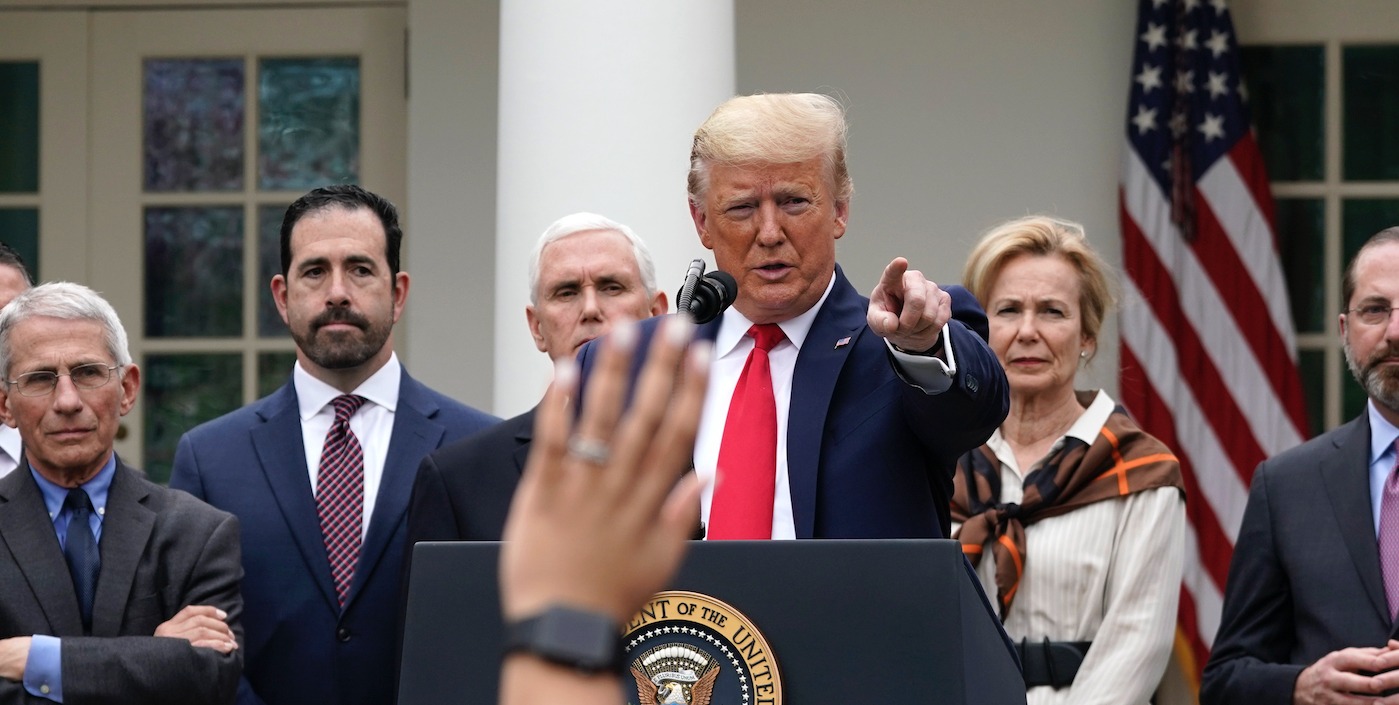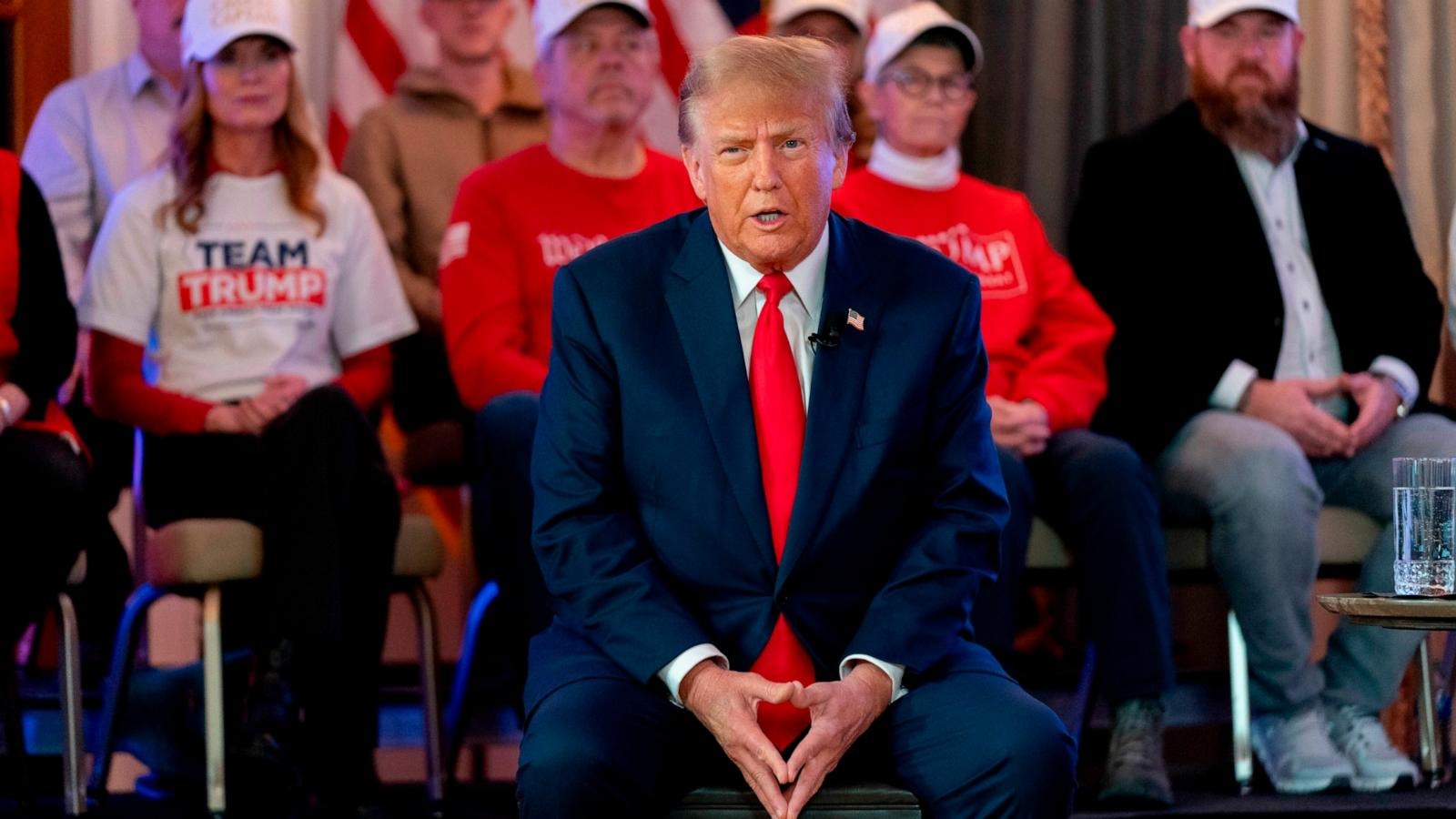The narrative surrounding campus protests against the war in Gaza has been fraught with sensationalism, particularly regarding the portrayal of violence.
However, reports from those who have directly observed the protests suggest that the vast majority of the demonstrations have been peaceful. Even incidents like the one at Columbia University, where tensions escalated due to a police crackdown, have largely involved peaceful student activists.
At UCLA, violence erupted not because of leftist protesters but due to a group of far-right counter-protesters who instigated the conflict by attacking students. Despite this, some media outlets framed the situation as “clashes” between the two groups, obscuring the fact that the violence was initiated by the far-right assailants.

Donald Trump (Credits: CNN)
The involvement of right-wing groups in such incidents may be influenced by rhetoric from figures like former President Donald Trump, who has, in the past, encouraged violence against protesters.
By falsely characterizing the protests as violent and invoking past events like the Charlottesville riot, Trump creates a narrative that justifies aggression from his supporters.
This tactic is reminiscent of the Capitol insurrection, where Trump’s base acted out fantasies fueled by misinformation about leftist protests. By conflating peaceful protests with imagined violence, Trump and his supporters justify their own aggression.
Trump’s rhetoric not only seeks to incite violence but also to delegitimize protests and perpetuate a culture of fear among his followers. His celebration of the Capitol riot and calls for violence in response to electoral outcomes demonstrate a willingness to use force to achieve his political goals.
The emotional connection between Trump’s anti-democracy conspiracy theories and protests like those against the war in Gaza lies in their shared symbolism for his supporters. For many in the MAGA movement, these protests represent the progressive change they oppose, leading to calls for extreme measures like arrest, imprisonment, and deportation of protesters.

Donald J Trump (Credits: The Intercept)
Framing protesters as chaotic or violent serves to justify right-wing violence, as it provides a rationale for erasing dissenting voices. Centrist Democrats and pundits who hyperbolically demonize protesters risk playing into Trump’s narrative and enabling future instances of right-wing violence.
It’s crucial to recognize the difference between isolated incidents of misconduct and the broader peaceful protest movement.
By amplifying the voices of a few bad actors, critics inadvertently validate Trump’s efforts to vilify all protesters and lay the groundwork for further violence. In the face of discomfort with protests, it’s essential to remember that remaining silent costs nothing and avoids contributing to a cycle of violence.























